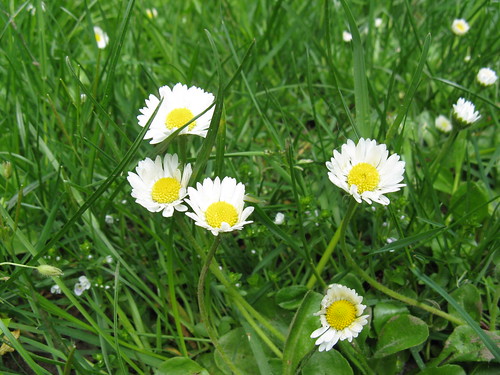
Today is May 1st or Ordibehesht 11th. What is Ordibehesht? How much do you know about Persian calendar?
The Iranian calendar or Persian calendar is an astronomical solar calendar and one of the longest chronological records in history and is currently used in Iran and Afghanistan as the main official calendar. Beginning each year on the vernal equinox as precisely determined by astronomical observations from Tehran, this makes it more accurate than the Gregorian Calendar in being synchronized with the solar year, but harder to work out when a particular date would occur before the New Year preceding that date.
The Persian calendar, was introduced on 15 March 1079 by the Seljuk Sultan Jalal al-Din Malik Shah I, based on the recommendations of a committee of astronomers, including Omar Khayyam, at the imperial observatory in his capital city of Isfahan. Month computations were based on solar transits through the zodiac, a system integrating ideas from the Surya Siddhanta (India, 4th century). Later, some ideas from the Chinese-Uighur calendar (1258) were also incorporated. It remained in use for eight centuries.
Throughout recorded history, Persians have been keen on the idea and importance of having a calendar. They were among the first cultures to use a solar calendar, and have long favored a solar over lunar and lunisolar approaches. The Sun has always been a symbol in Iranian culture and closely related to the memory of Cyrus the Great himself. The first calendars based on Zoroastrian cosmology appeared in the later Achaemenian period (650 to 330 BCE). They evolved over the centuries, but month names changed little until now.
Ordibehesht is the second month of the Persian Calendar. Ordibehesht consists of two words of "Ordi" and "Behesht". Regarding "Ordi", its old Persian equivalent is arta-. In Middle Iranian languages the term appears as ard- and today as ord-. The word is also the proper name of the divinity "Asha", the Amesha Spenta that is the hypostasis or "genius"of "Truth" or "Righteousness". In the Younger Avesta, this figure is more commonly referred to as Asha Vahishta (Aša Vahišta, Arta Vahišta), "Best Truth".The Middle Persian descendant is Ashawahist or Ardwahisht; new persian Ardibehesht or Ordibehesht.
Isn't it nice that "Ordi-behesht" came from an ancient word "Arta-Vahishta" which means "Best Truth"?
The Iranian calendar or Persian calendar is an astronomical solar calendar and one of the longest chronological records in history and is currently used in Iran and Afghanistan as the main official calendar. Beginning each year on the vernal equinox as precisely determined by astronomical observations from Tehran, this makes it more accurate than the Gregorian Calendar in being synchronized with the solar year, but harder to work out when a particular date would occur before the New Year preceding that date.
The Persian calendar, was introduced on 15 March 1079 by the Seljuk Sultan Jalal al-Din Malik Shah I, based on the recommendations of a committee of astronomers, including Omar Khayyam, at the imperial observatory in his capital city of Isfahan. Month computations were based on solar transits through the zodiac, a system integrating ideas from the Surya Siddhanta (India, 4th century). Later, some ideas from the Chinese-Uighur calendar (1258) were also incorporated. It remained in use for eight centuries.
Throughout recorded history, Persians have been keen on the idea and importance of having a calendar. They were among the first cultures to use a solar calendar, and have long favored a solar over lunar and lunisolar approaches. The Sun has always been a symbol in Iranian culture and closely related to the memory of Cyrus the Great himself. The first calendars based on Zoroastrian cosmology appeared in the later Achaemenian period (650 to 330 BCE). They evolved over the centuries, but month names changed little until now.
Ordibehesht is the second month of the Persian Calendar. Ordibehesht consists of two words of "Ordi" and "Behesht". Regarding "Ordi", its old Persian equivalent is arta-. In Middle Iranian languages the term appears as ard- and today as ord-. The word is also the proper name of the divinity "Asha", the Amesha Spenta that is the hypostasis or "genius"of "Truth" or "Righteousness". In the Younger Avesta, this figure is more commonly referred to as Asha Vahishta (Aša Vahišta, Arta Vahišta), "Best Truth".The Middle Persian descendant is Ashawahist or Ardwahisht; new persian Ardibehesht or Ordibehesht.
Isn't it nice that "Ordi-behesht" came from an ancient word "Arta-Vahishta" which means "Best Truth"?
2 comments:
It is all a bit too complicated for my little brain, but thanks for trying to explain. Happy new month to you.
This was very interesting! Thanks for a nice and informative posting!
Post a Comment